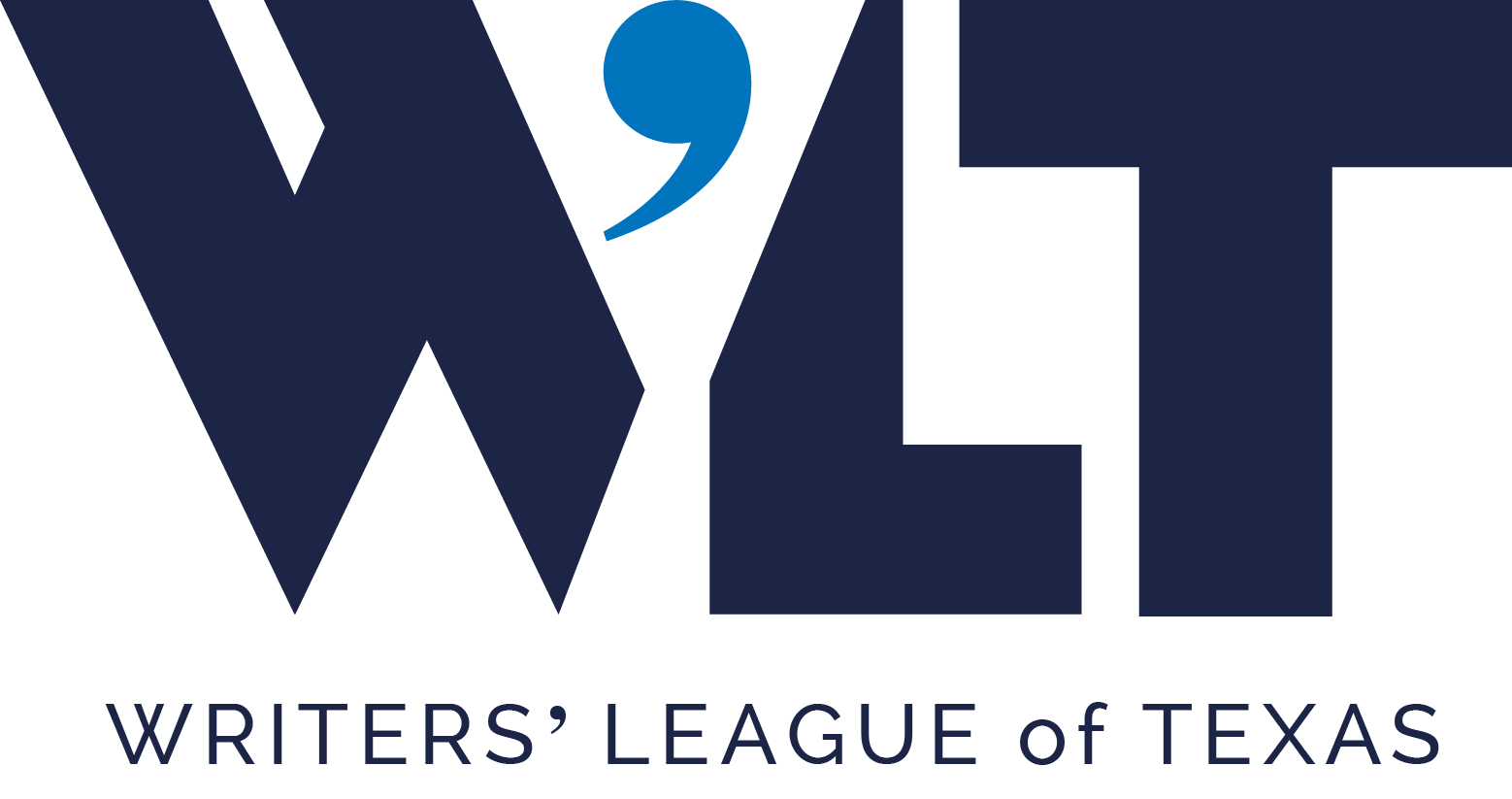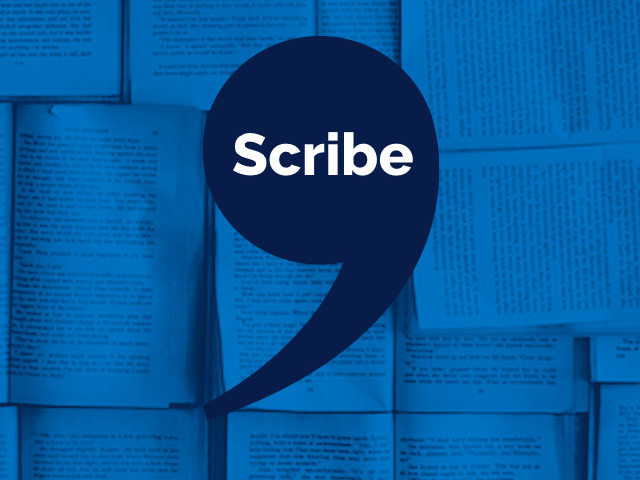Southern tent revivals, the civil rights movement, female murderers, and — kolaches were all part of the conversation for March’s Third Thursday program “Get Real: The Art of Researching and Writing Nonfiction.”
The SXSW traffic didn’t deter the WLT writing community from meeting at BookPeople to hear panelists Donna Johnson, Cynthia Levinson, M. William Phelps, and Stephen Harrigan discuss what they’ve learned about researching and writing while moving a nonfiction project from idea to publication.
Here’s a quick recap of a few thoughts from the night.
Ideas: What to Write
The good news is that ideas can come from anywhere. The other news is you have to decide what to do with them. Reading how our panelists get topics may help you find a few of your own.
Returning home for a family funeral, after much time and distance apart, Donna revisited what she thought she knew about where she came from. This led to her memoir, Holy Ghost Girl.
As a children’s writer, Cynthia’s ideas often come from weirdness (kids like reading about strange things) and “mortification at [her] own ignorance.” She wrote We’ve Got a Job after discovering her obliviousness to the facts about the Birmingham civil rights march, despite her education and profession.
Matthew (M. William Phelps) saw a 20/20 segment about a murder and became interested in the father’s story. As he learned more, it drew him in. This led him to write several true-crime books and create a TV show in the genre. He keeps the stories, including his most recent, Never See Them Again, in nonfiction form because he wants to tell the victims’ stories and because there’s a better market for nonfiction versus fiction.
Two competing kolache shops on Highway 71 inspired Stephen’s “Where Is My Home?” in the May 2012 Texas Monthly. Seeing kolaches as a possible link to his identity and ethnicity, the idea for a kolache article passed his litmus test of “How can the article be about more than itself?” (It also led him to Europe.) His novels often evolve from his articles.
Research: More to Write (includes talking — gasp!)
Researching your nonfiction project means holing up in a library for weeks, fishing through film, wading through books, and surfing the net, right? That may be part of it, but you’ll also have to talk to people.
Quality research is a combination of reading and talking, even for Donna, who wrote a memoir of her life.
Donna started her research by doing what, as she said, she does beshe bought some books. She also talked to family members and others, including university scholars, in order to get a fuller picture and context of what she experienced.
Cynthia also started her research with lots of reading; one of her goals was to develop empathy and knowledge about the subjects of her book — black civil rights activists, who were children when they marched.
Due to the nature of his work, Mathew starts with phone calls to see who is willing and able to talk about the case. He also relies on police reports and other research. During interviews, he designs questions based on how he’s writing his book.
Stephen learned that quiet academic research is not too helpful on its own. What is helpful is talking to people who know about your topic and can discuss it in an understandable way. Getting a few colorful quotes from them is a bonus. But, that requires being fearless about calling strangers, introducing yourself and your idea and being able to get information out of them. Stephen listens with an ear towards finding something for a great kinetic start or a punchy ending.
Writing: What Not to Write
After doing research on what you want to write, you have to figure out what not to write.
Which ideas are worth keeping? How can you narrow your topic? What should you leave out?
“Take out the stuff people don’t want to read.” – Elmore Leonard, quoted by Matthew as a quick response to the what-to-keep issue. If it were only that easy.
All of the panelists mentioned maintaining the narrative of a piece. Certain events serve the story, moving it along, others are unnecessary detours. In Matthew’s books this means omitting details that that are sensational, but don’t matter to the story. (Though he values marketability and reader interest, he puts a higher value on the integrity of the story.)
You should also consider the tone of your piece. Donna left out some incidents because she didn’t want the book to become too tragic. Other things were simply too personal.
The genre of your work will also help you select content. Since Cynthia’s book is for children, some things — like adult language and “scary things” — were not included because they weren’t age-appropriate.
Stephen asks, “What is this about? Why am I interested in this?” Then he looks to the plot, to move the piece along.
A Final Word
Cold-calling people as possible sources. Considering literary elements in shaping nonfiction. To novel or not to novel? Not the first things I think of when writing nonfiction, but tonight’s panelists my expanded my understanding of nonfiction and what it takes to create it. They also validated my hunch that ideas lurk everywhere; it’s just a matter of choosing which ones to grow. Do you have some project seedlings germinating? Think of tonight’s conversation as a soil enhancer, used as needed, to bring your piece of work to fruition.
Don’t forget to join us for April’s Third Thursday, “Writing in the Digital Age: Blogging as a Creative Outlet.” I’ll be on the panel along with Carla Birnberg, Matthew Schutz, and Ruth Pennebaker.
Resources Mentioned
Google Books – search, read, print and download books (depending on copyright status,etc.)
News Library – credible database of newspaper articles
One Note – content organizing software by Microsoft
Scrivener – content organizing software designed for writers
Writers And Editors – many resources, including links for narrative nonfiction
 Lexie Smith is a WLT member who enjoys connecting people with information through LexicalLight.com, BloggingForWriters.com and 64mascots.com. A University of Texas graduate, she taught middle school English and, until recently, homeschooled her children. She lives in Round Rock with her husband, five kids and two rescued Boxers.
Lexie Smith is a WLT member who enjoys connecting people with information through LexicalLight.com, BloggingForWriters.com and 64mascots.com. A University of Texas graduate, she taught middle school English and, until recently, homeschooled her children. She lives in Round Rock with her husband, five kids and two rescued Boxers.









